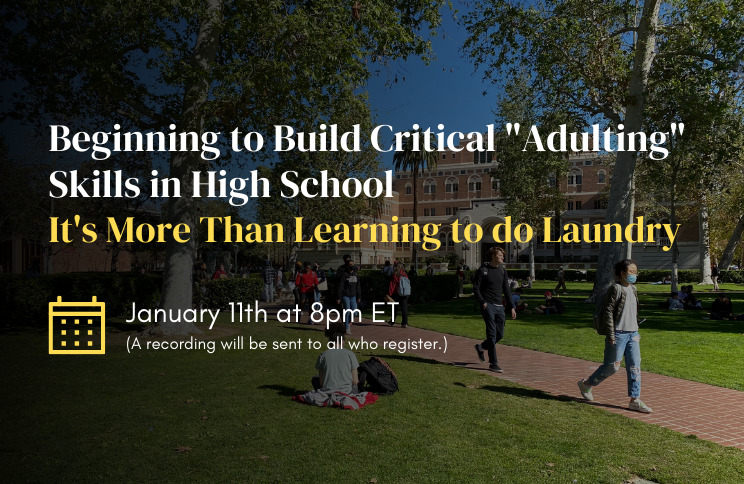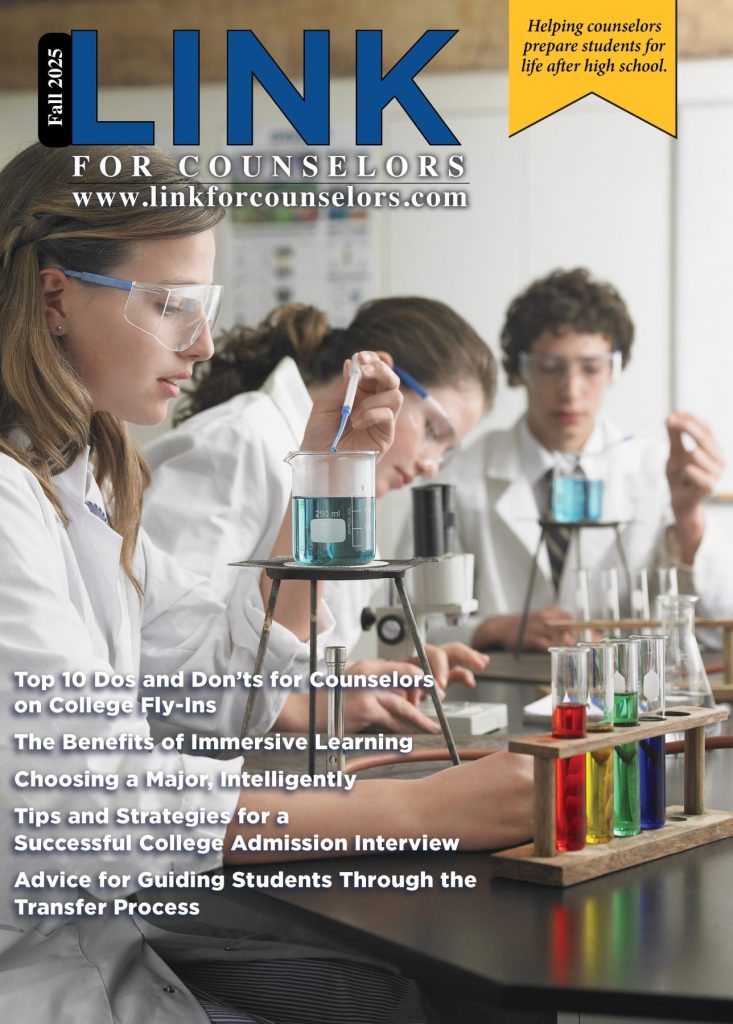As our world becomes increasingly digital, the demand for coders and programmers will continue to rise. While career roles such as doctor and lawyer used to be looked at as the most estimable, today, the role of programmer is rising in the ranks of both prestige and security.
As someone whose role is to guide students to rewarding careers, taking note of tech-savvy students and suggesting a future career in coding or programming is a great way to help individuals find career fulfillment. Unfortunately, suggesting careers to students is sometimes easier said than done.
Thankfully, there are ways to make the job of planting these seeds easier. Having a grasp of some potent tips for steering tech-savvy students in the direction of these secure careers can make the process easier to undertake.
Here is how to get tech-savvy students interested in coding and programming degrees and careers.
Video Games
For most tech-savvy high school students, their love of digital technology was born in the realm of video games. From fun-filled adventures to matches with friends, video games are a favorite hobby among most children and teens today.
To pique the interest of students and get them interested in pursuing a programming degree, it can be extremely helpful to enlighten them about the fact that these degrees can prepare them for a career in the video game industry. Any tech-savvy high school student who loves video games will surely take this type of suggestion to heart.
To get your students started early, you can talk to them about different types of programming languages — such as C++ and Java — that are used in the video game industry. It might even be a good idea to share a link to a video that instructs one on how to create a simple video game. By sharing these key insights, you might just be able to spark an interest in tech-savvy students that leads to a secure and fulfilling career.
Salary
Though a lot of students may not be concerned with salaries when they’re young, the closer they get to graduating the more importance the topic will take on. As such, this is the perfect time for you to explain to your tech-savvy students just how much coders make.
The average salary for computer programmers across the US in 2021 was $93,000. While this is impressive enough, salaries increase significantly in some states with the median annual salary of computer programmers in Washington being a whopping $183,610. So, if you have students’ intent on moving away from home to pursue a degree, it may be a good idea for you to break down which states have the highest wages for programmers.
By laying out the impressive salary that coders and programmers make and driving home the fact that individuals can utilize this money for all types of exciting hobbies and endeavors, you’ll surely get your tech-savvy students interested in exploring degrees and careers in the programming space.
Mobile Apps
As a counselor, there’s no doubt you’ve noticed the fact that mobile technology has become an inextricable part of students’ lives. Whether it’s connecting with friends, watching videos, or playing games, most students spend a substantial amount of their time on their phones.
If you notice that some of your tech-savvy students are glued to their smartphones, it’s a good idea to let them know that they could create mobile apps themselves. If you’re able to pique students’ interests and get them hooked on the process of developing apps, you have a much higher chance of steering them toward a programming degree.
So, in addition to the video, have a list of universities with the best programs for mobile developers so they can start picturing their future and prepare to attend one of these programs.
Artificial Intelligence
Chances are, a good number of extremely tech-savvy students at your school are also deeply interested in science fiction. For students with a love of this genre, the field of artificial intelligence is a great way to get them excited about pursuing a programming degree.
To ease into the subject, it can be useful to bring up a book or movie that features artificial intelligence. You can then inform the student that they can actually have a career in artificial intelligence and work to create those very systems.
After planting this idea, make sure to provide students with some resources to explore on their own that allow them to dive deeper into the world of artificial intelligence.
Work-Life Balance
Today, people have become much more concerned with having a healthy work-life balance — especially younger people. This being the case, it’s more than likely that a decent portion of your tech-savvy students don’t intend on working a traditional 40-hour work week inside of a cubicle.
For students who seem to indicate that they’re interested in pursuing a career with more flexible options, it’s important to communicate the fact that coding and programming jobs can offer a significant amount of flexibility. From freelancing to working remotely, the field has no shortage of schedules that are conducive to a healthy work-life balance.
It can help to ask students what type of flexible work options they desire in their careers. Depending on their answers, you can have suggestions ready that show them how obtaining a degree in programming can offer them the ability to step into their ideal work schedule.
Convincing Tech-Savvy Students to Pursue a Coding Career Can Be Easy
By highlighting some key benefits that high school students find interesting, you can have an easy and manageable time convincing tech-savvy students to pursue degrees and careers in coding and programming. From utilizing their interest in video games to informing them of the impressive salary of coders, there are many ways to spark an interest in your students.
So, the next time you’re having trouble with a particularly stubborn tech-savvy high school student, try one of these suggestions and watch as their attitudes transform.













